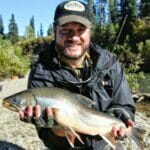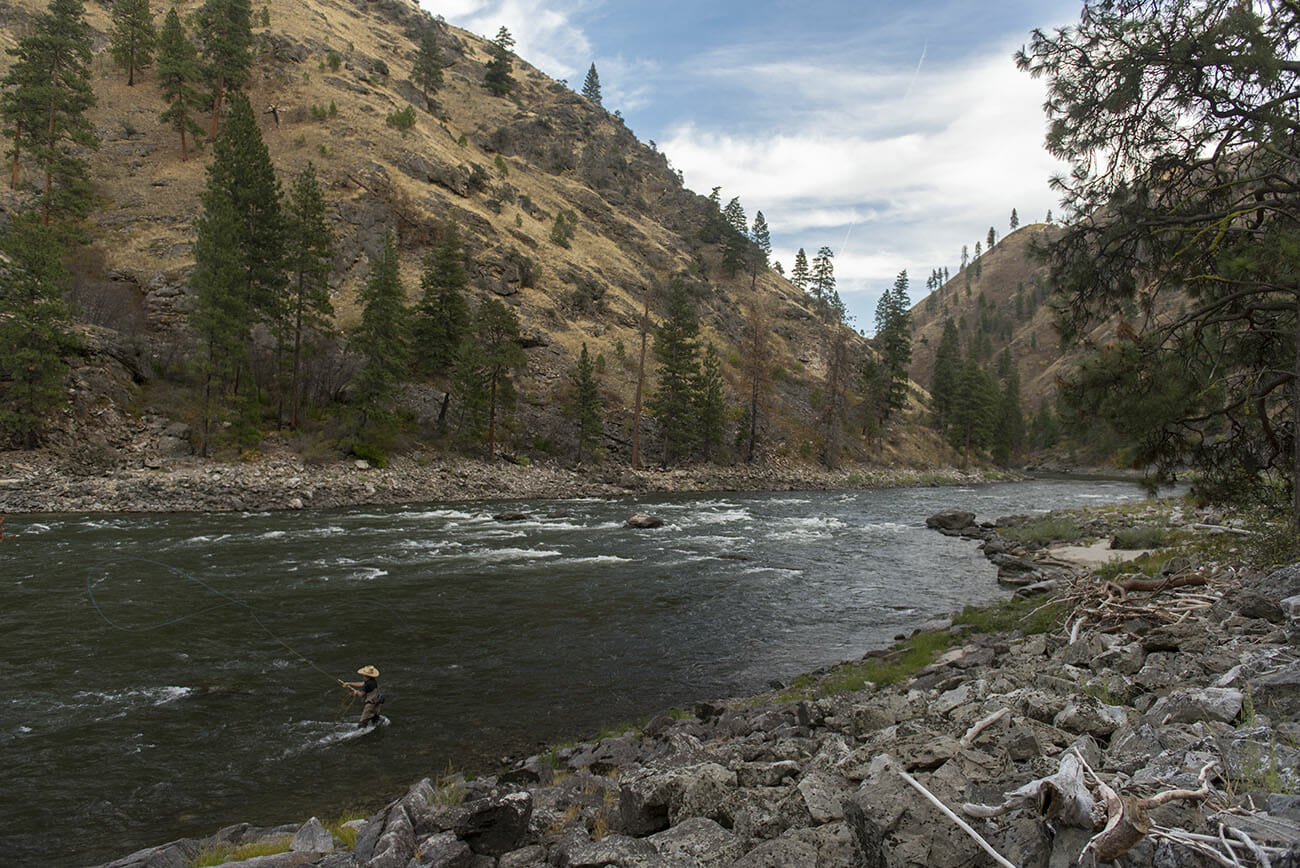A fly fisherman searches the water of the Middle Fork of the Salmon River in Idaho waiting for the elusive tug on the end of his line from a steelhead. Josh Duplechian/Trout Unlimited
As a conservation officer with the Idaho Fish and Game Department, Eric Crawford’s work was largely reactive.
“I could make a great case and get a conviction, but the critter was still dead,” said Crawford, who recently retired after a 20-year career enforcing wildlife laws in Idaho.
Crawford feels like his new job has a more proactive approach that could help prevent the loss of the state’s once-prolific steelhead and salmon populations.
Trout Unlimited recently hired Crawford as the north Idaho field coordinator as part of the organization’s Sportsmen’s Conservation Project. His focus will be finding a way forward for Idaho’s salmon and steelhead economy while seeking balance with other economic engines in the region.
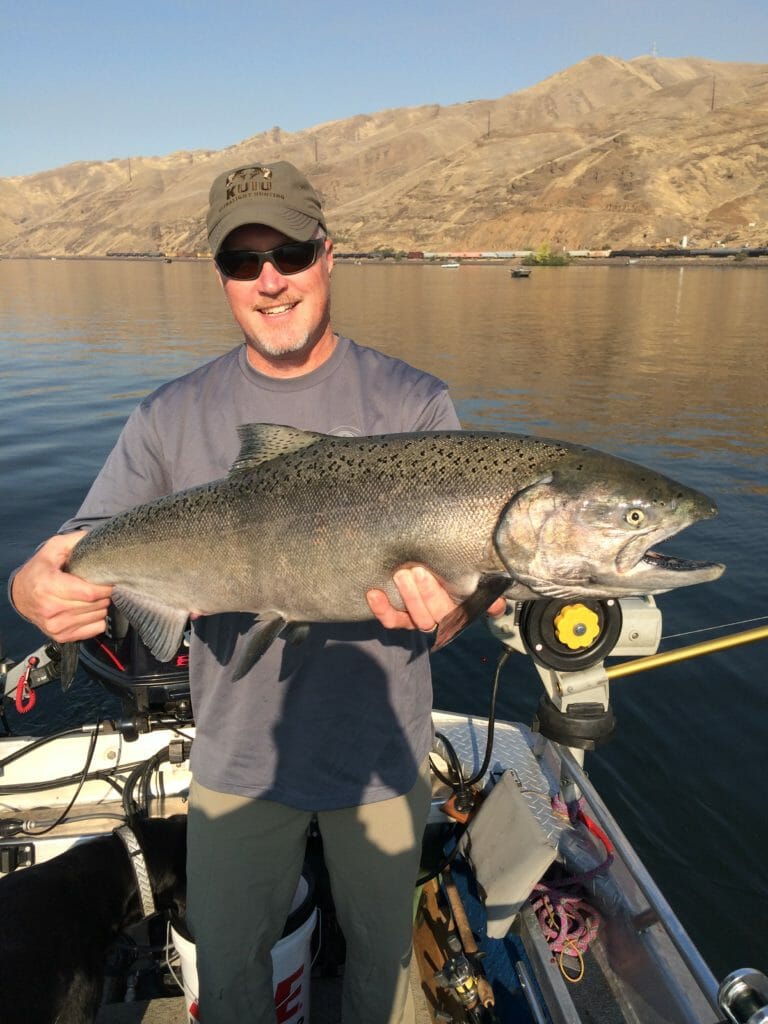
At the top of his to-do list is organizing the angling community and other stakeholders for the restoration recovery of Snake River Basin steelhead and salmon. Crawford’s goals include working to find ways to replenish the historically abundant populations of the native fish and identifying landscape scale protections for key watersheds across northern Idaho.
“In communities across the West, game wardens are among the most highly respected members. We are very fortunate to have him on our staff as a real-deal Westerner outdoorsman who knows the issues, the people, the wildlife and the fish,” said Tom Reed, Northern Rockies director for TU’s Sportsmen’s Conservation Project. “Eric has a deep connection to Idaho’s best hunting and fishing, and I know he’ll work hard every day to keep it that way.”
Return to Sender
Crawford, who daydreamed while growing up in Pennsylvania of becoming a professional angler, says it is a fear of never again being able to feel the tug on his line from another steelhead or salmon in Idaho to keep him motivated.
“TU has done a lot of restoration and reconnection work on habitat for steelhead and salmon, but the fish are not making it back from their journey to the ocean like they once did,” he said. “It’s like you have a blind date, and you show up, but your date never shows up. We have set up this awesome romantic evening, but they are not returning. I’m worried my kids aren’t going to have the opportunities I, and so many others, have had to catch steelhead and salmon.”
The worry is much more than a hollow concern. The Idaho Fish and Game Commission recently announced the Clearwater River was closed to steelhead fishing on Sept. 29, a dramatic move in the fishery’s long history. Families, businesses and entire communities will feel the impact of this closure.
Massive dams on rivers leading to the ocean present major obstacles to steelhead and salmon not only on their way back to Idaho, but also as young fish heading down the rivers to spend parts of their lives in the ocean.
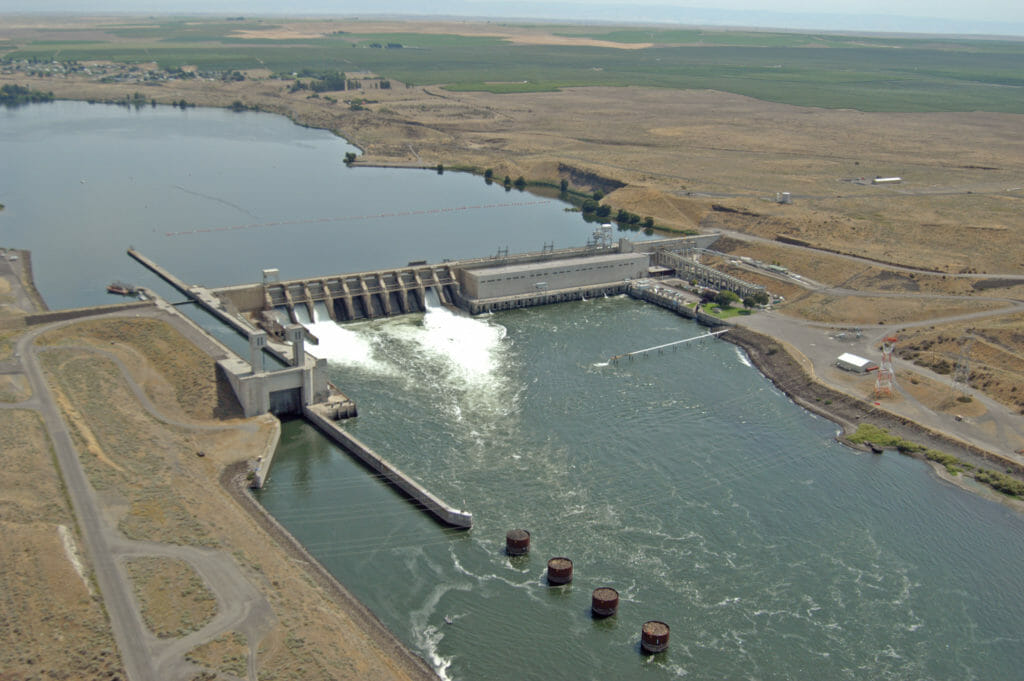
“I am not just going to be standing up for the fish, but for all those who are hurt by the shrinking numbers,” Crawford said. “I’m going to work on building a coalition of supporters for abundant populations of wild salmon and steelhead while also recognizing the various stakeholders.”
Eight federally operated dams stand between Idaho’s steelhead and salmon, some of the furthest migrating salmonids on the planet, and the ocean. These dams and others in the Columbia River Basin are undergoing an evaluation of fish impacts which, under orders from a federal judge, will analyze the possible removal of the Lower Snake River dams.
These dams also provide power and irrigation while locks at the dams allow wheat to be shipped via barge from Idaho to the coast. This complex issue is a tough one to even speak of in Idaho.
Early in 2019, however, Idaho Governor Brad Little established a Governor’s Salmon Workgroup, bringing a diverse set of stakeholders, including Trout Unlimited, to the table. The workgroup has been tasked with sending recommendations to the Governor on how best to help salmon and steelhead recover.
Crawford is hopeful.
“It’s a start,” Crawford said. “There is definitely some urgency to the situation. I hope the workgroup can have real discussions about everything that is affecting these fish.”
Deep Roots in Fishing and Conservation
In many ways, Crawford’s entire life has been leading up to this job. He grew up in northeastern Pennsylvania “literally” on the Delaware River. It was on the river and the land along it where he cultivated a deep love of the natural world.
“We’d fish before school when the American shad were running in the spring and I sometimes skipped church on Sundays to go fishing for brook trout,” he said. “We spent weeks in whitetail camp. I feel super fortunate to grow up the way I did. It really made me who I am today.”
Crawford followed that natural course to college in Upstate New York where he focused on environmental studies and later on fisheries biology.
It appeared Crawford was well on his way to a career in fisheries management or another natural resources profession. He ended up doing an internship with Alaska Department of Fish and Game in the summer of 1996 near Ketchikan.
“That summer really did ruin me forever,” Crawford said. “I worked on a sockeye program and spent a lot of time on float planes and in remote places. The vastness and wildness of it really got me interested in returning to Alaska.”
But Crawford made an important observation that changed his mind.
“Out in the field I realized the boss was never with us. He was stuck in the office,” he said. “I wanted to be in the field.”
He looked for other opportunities to work with cool creatures in wild places and eventually landed a job as a seasonal fisheries worker in northern Idaho. Crawford returned the next year and worked with bull trout at Priest Lake.
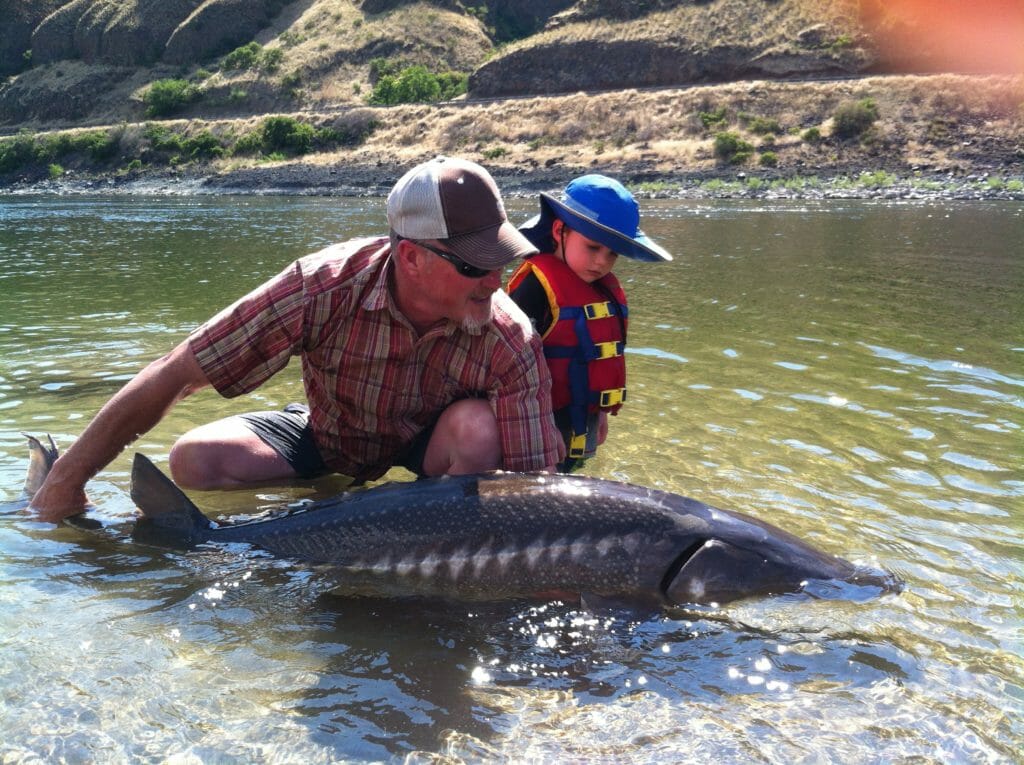
It was decision time and – as is often the case – the answer came while sitting on the tailgate of a pickup truck. It had a familiar tone.
“I was trying to figure out what direction to take my career to do. I would need a master’s degree to be a biologist. I distinctly remember sitting on the back of the a truck along the Coeur d’ Alene River having lunch and talking to one of the local conservation officers,” Crawford said. “He looked around and asked ‘where are your bosses?’ I had been in the field the entire summer trapping black bears and there had been only a few days the biologists had joined me. As the discussion went on we weighed the pros and cons of graduate school and a potential career in wildlife law enforcement — the plus side of making my own schedule and working entirely in the field won out.”
The next stop along his career pathway was the 12 weeks at Idaho POST (Peace Officer Standards and Training) followed by 10 weeks of Field Training.
“Looking back, I spent just over 20 years as a game warden and I have no regrets. Many days I’d find myself saying I can’t believe they pay me to do this,” he said. “There were other days I thought there is no way they are paying me enough.”
Dealing with the public was a main component of his time as a game warden. One Crawford believes will help him in his new position.
“We were the face of the Idaho Department of Fish and Game. We interacted with the public every day and it is a huge responsibility,” he said. “We were responsible for implementing management decisions. If we couldn’t articulate the needs for those regulations we were not doing our jobs.”
As Crawford starts this new career with Trout Unlimited he plans to employ the same attitude with people coming into the steelhead and salmon discussion with diverse opinions.
Brett Prettyman is the Intermountain Communications Director for Trout Unlimited.


